Menu:
- Home
- TAC-G
- Calendar
- Cybersecurity
-
Projects
- Plans & Documents
- Tribal Medical Reserve Corps
- Tribal CERT
- Tribal RACES
-
Blockwatch
-
Interoperable Communications
- Nation to Nation
- Legislative
- Links
- Grant Opportunities
- Critical Infrastructure Protection
-
Tribal Public Health
- Tribal GIS
-
Public Information Officers
- Upcoming and Past Conferences
![]()
Upcoming Events
NWTEMC Tribal Partners

Colville Confederated Tribes
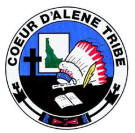
Coeur D'Alene Tribe
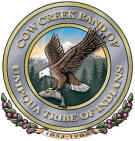
Cow Creek Band of Umpqua Tribe of Indians
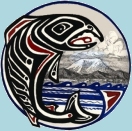
Cowlitz Indian Tribe
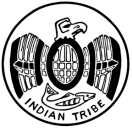
Hoh Indian Tribe

Kalispel Tribe of Indians
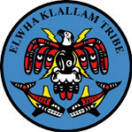
Lower Elwha Klallam
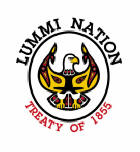
Lummi Nation
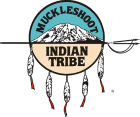
Muckleshoot Indian Tribe
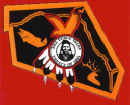
Nez Perce Tribe
Nisqually Indian Tribe
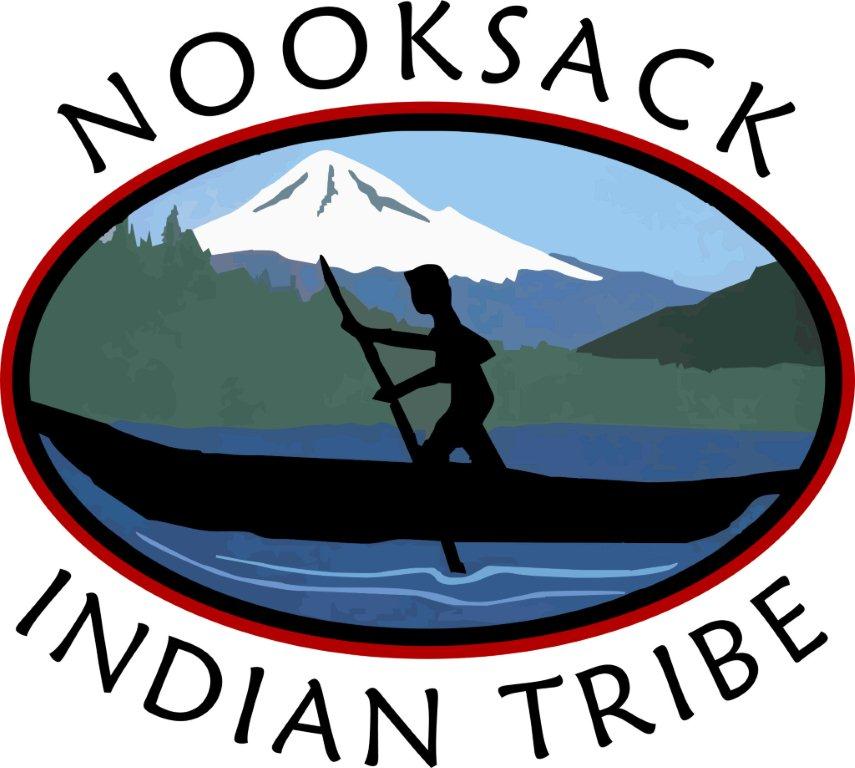
Nooksack Indian Tribe
Quinault Indian Nation

Quileute Nation
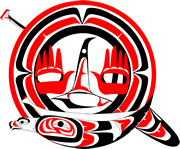
Samish Indian Nation
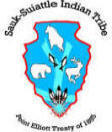
Sauk-Suiattle Indian Tribe
Scammon Bay Native Village, Alaska
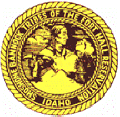
Shoshone-Bannock Tribes
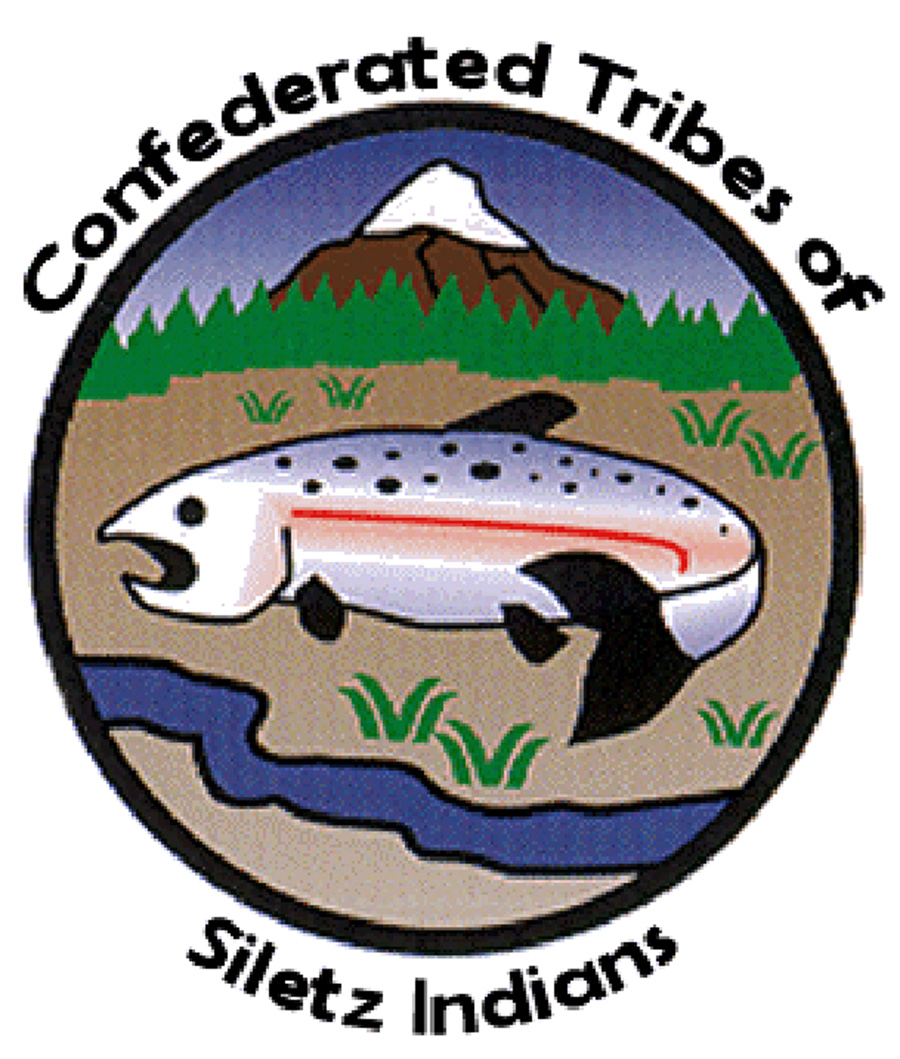
Confederated Tribes of Siletz Indians
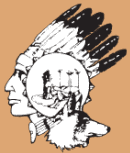
Spokane Tribe of Indians
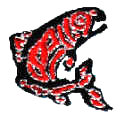
Stillaguamish Tribe of Indians

Swinomish Indian Tribal Community
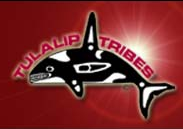
Tulalip Tribes

Upper Skagit Tribe
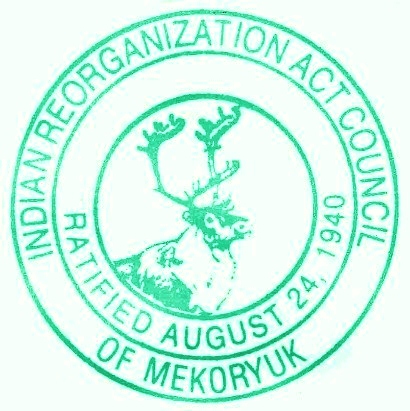
Village Council of Mekoryuk, Alaska
Useful links:
NOAA's National Weather Service
FCC License Search: http://wireless2.fcc.gov/UlsApp/UlsSearch/searchLicense.jsp International Assoc. of Emergency Managers
Tribal
WA Governor's Office of Indian Affairs
National Congress of American Indians
National Native American Law Enforcement Association
Northwest Indian Fisheries Commission
National Native American EMS Association
NW Portland Area Indian Health Board
American Indian Health Commission for Washington StateNational Tribal Emergency Mgmt. Council
Federal
Substance Abuse and Mental Health Services Administration
Federal Emergency Management Agency
FEMA Region 10 (serving WA, OR, ID & AK)
FEMA Emergency Management Institute
US EPA Pollution Prevention & Toxics Tribal Environmental Program
WA State
Washington State Interoperability Executive Committee (SIEC)
Washington State Emergency Managers Association
Emergency Planning and Community Right-to-Know Act
WA Region One Homeland Security CouncilNon-Govt Organizations
Red Cross
The Salvation Army
Volunteers of America, Western WA
InWEM: International Network of Women in Emergency Management
Hazards Planning
NOAA Center for Tsunami Research
Pacific Northwest Seismic Network
Cascadia Region Earthquake Workgroup (CREW)
USGS Washington Water Science Center
Northwest Weather and Avalanche Center
Cascades Volcano Observatory (CVO)
National Atlas: Dynamic Maps of Potentially Active Volcanoes, WA
Cascadia Megathrust Earthquakes in PNW Indian Legend
Manage flood-related distress by
building resilience
http://www.apa.org/helpcenter/flood-distress.aspx
SAMHSA’s Tribal Disaster
Behavioral Health Information Series (DBHIS) Installment
This DBHIS installment, posted to
our website, focuses on working with and information for tribal organizations.
It is organized into four categories: (1) Disaster Recovery for Tribal
Organizations, (2) Traditional Healing in Disaster Behavioral Health Response,
(3) Suicide Preparedness and Response Information, and (4) Cultural Competence
When Working with Tribal Populations. You can access this DBHIS installment on
our website at this link,
http://www.samhsa.gov/dtac/dbhis/dbhis_tribal_intro.asp.
Tips for Survivors of a Traumatic
Event: Managing Your Stress
This SAMHSA publication reviews the
signs of stress following a traumatic experience as well as tips for how to
relieve stress.
http://www.samhsa.gov/MentalHealth/Tips_Survivors_Managing_Your_Stress.pdf
The flood is over. What do
you do now?
This tip sheet for children explains normal flood-related
stress reactions and how children can cope with their feelings.
http://emergency.cdc.gov/disasters/floods/pdf/feelings-after-flood.pdf [PDF -
252 Kb]
What to do after the flood is over
This fact sheet provides tips to parents on how they can
help children handle stress and fears after a flood.
http://emergency.cdc.gov/disasters/floods/pdf/stress_plain.pdf [PDF - 4609 Kb]
Heritage
Preservation: Emergency Preparedness and Response for Native American Cultural
Resources
This inventory is a tool for anyone seeking information on emergency
preparedness for tribal and other cultural property. Included are links to
several websites that can assist you in recovering items that may have been
damaged from the flood. It is a compilation of both native and non-native
resources.
http://www.heritagepreservation.org/gettingready/inventory.html
Be Red Cross ready: Returning home after
a hurricane or flood
This fact sheet provides information on what to do upon
returning home after a hurricane or flood.
Key facts about hurricane and flood recovery: Protect your health and safety
after a hurricane or flood
This fact sheet provides tips on how to remain safe and
healthy after a flood.
http://emergency.cdc.gov/disasters/hurricanes/pdf/recovery.pdf [PDF - 86.3 Kb]
What is Trauma? A Guide for Parents
This pamphlet describes common
trauma and disaster reactions for children based on age group. It has been
adapted to be appropriate for tribal communities.
http://www.icctc.org/what%20is%20trauma-revised.pdf
Dealing with the Effects of
Trauma: A Self-Help Guide
This document is a self-help guide
that contains information, ideas, and strategies that people from all over the
country have found to be helpful in relieving and preventing troubling feelings
and symptoms. The information in this booklet can be used safely along with
other health care treatments.
http://store.samhsa.gov/shin/content//SMA-3717/SMA-3717.pdf
Trauma in American Indian
Communities
This document reviews PTSD in
American Indian communities.
http://www.giftfromwithin.org/html/amindian.html
Preparedness Materials
Meeting the Mental Health Needs of American Indians and Alaska
Natives
This report from the National Association of State Mental Health Program
Directors (NASMHPD) provides a synopsis of mental health needs, relevant
cultural characteristics and traditions, perceptions about mental illness, and
preferences for services and supports among American Indian and Alaska Natives.
It also describes several mental health programs that have successfully tailored
their services to meet the needs of diverse consumers and contains a
comprehensive resource section with recommended readings and organizational
resources.
http://www.nasmhpd.org/general_files/publications/ntac_pubs/reports/native%20american%20FINAL-04.pdf
Ready Indian Country
The goal of
Ready Indian Country is to collaborate with
tribal governments to build emergency management capability and partnerships to
ensure continued survival of Tribal nations and communities. This site offers
brochures, posters, and radio public service announcements to help individuals,
families, and communities. They are customized by region to reflect the diverse
local conditions and cultures found in Alaska and Indian Country. Click here for
materials created for Tribes in the
Northern Plains.
http://www.ready.gov/indiancountry
